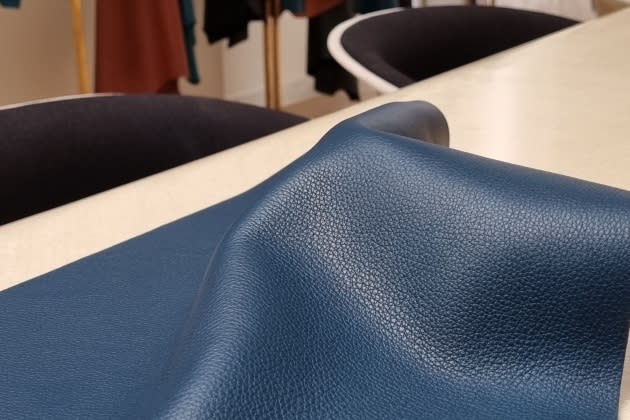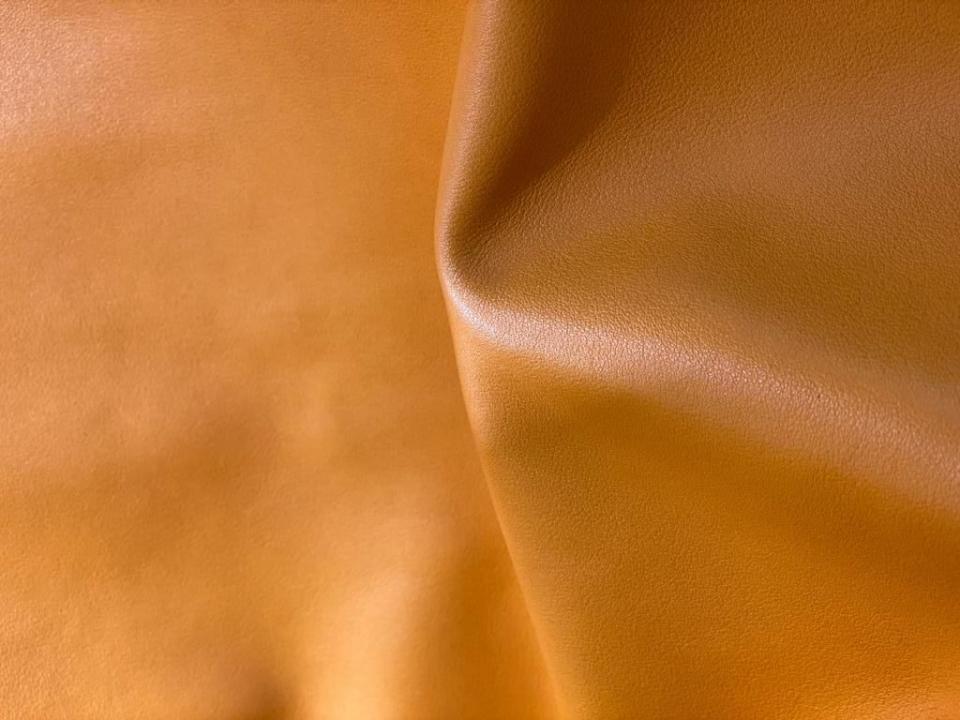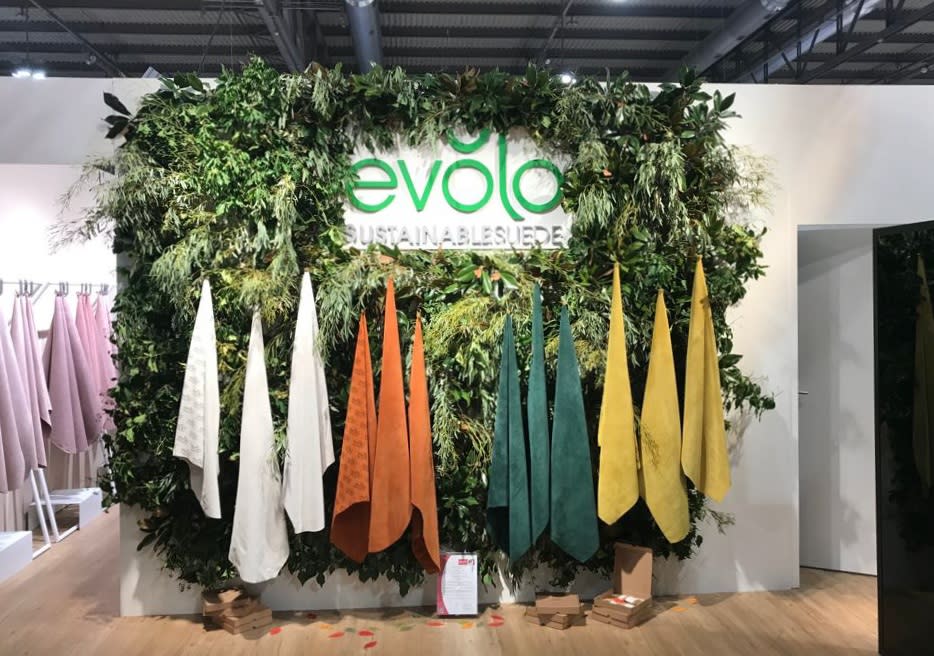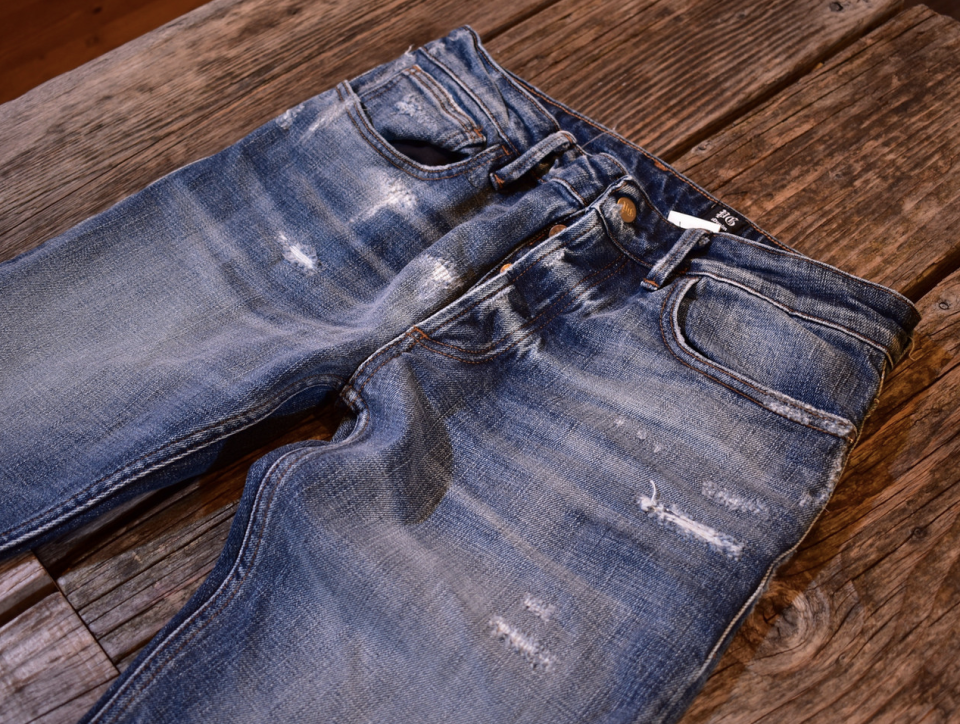The Latest Textile Trends to Look Out For

MILAN — Fashion would look much different than it does today — with its quest for sustainability, innovation and research — without the painstaking work and investments textile and material companies undertake in order to offer high-end fabrications that tap into the market’s growing demand for performance, environmental responsibility and comfort.
International textile trade fairs have long been the launchpad for innovation, allowing designers to discover and source new materials. When the pandemic hit and in-person events were canceled or postponed, textile-makers and brands lamented missing out on physical interaction as the virtual iterations prevented them from touching and feeling the fabrics.
More from WWD
As international trade fairs have started to resume, and in anticipation of a slew of shows in the upcoming weeks, including Lineapelle, Milano Unica Shanghai and Première Vision, WWD rounded up a few fabrics and materials to keep an eye on.
Social Alpaca
Based on the principles of the shared economy, as well as social responsibility, the name of the fabric says it all. Born from a shared effort by Progettomondo — an Italian not-for-profit development and cooperation association — and Patrizia Maggia, director of Biella, Italy-based Contemporary Metiers d’Art institute, as well as president of Agenzia Lane d’Italia, the “Born in the Andes” collection is a blend of Italian manufacturing know-how and the keen skillsets of local craftsmen. (Part of the aim is supporting the artisans in developing their own business.) The collection comprises 12 alpaca textiles masterly woven in Bolivia and Perù and adhering to the Oeko-Tex standard. This seminal capsule can be found at the Material Hub of Milan-based consultancy C.L.A.S.S.

Courtesy of GB Network.
New Leather
Tanneries have been upping their sustainable investments — in part to face the rising success of alternative materials. As part of an effort to underline the eco-friendly innovations Italian tanneries are capable of, the Lineapelle trade show is hosting a dedicated area at the fairgrounds called “A New Point of Materials” developed in partnership with consultancies D-house by Dyloan and C.L.A.S.S., and with the support of fashion adviser Orietta Pelizzari. The area will spotlight responsible hides, technologies, materials and special applications. As part of the showcase, Italian tannery Bonaudo will present leather treated to contain the amount of non-renewable sources to under 4 percent, while Masoni will display a range of metal free hides, in tune with the industry’s demand for a reduction in chemical compounds potentially harmful for the environment.

Courtesy of Masoni
Comfort Lace
Iluna Group, the Italy-based textile firm that specializes in the production of stretch lace for the apparel and innerwear industries, has been revamping its machinery with the aim of offering new iterations of its signature fabrics that are sustainable and stylish. For fall 2022, the company is introducing at Première Vision Paris GRS-certified yarns, which combine cord threads developed by using Asahi Kasei’s Roica EF stretch fibers from pre-consumer waste. Coupled with a recycled shiny thread adding brilliance to the yarns, the blend expands the range of sustainable stretch lace previously only available in matte finishes.

Courtesy of Iluna Group
Green Suede
The fruit of eight years of research, Sciarada’s Evolo line of eco-friendly suedes — on display at Lineapelle — is based on circularity. Hides are partly crafted from regenerated suede coming from pre-consumer waste without adding chrome to the production process. Boasting the Bureau Veritas certification, the company said the suede saves 66 percent of previous water consumption, 36 percent of chemicals and halved carbon dioxide emissions, all while requiring 10 production steps instead of the 16 needed for traditional suede. In addition to boasting a green tanning process, the Evolo suede is available in a wide range of saturated colors and is treated to avoid bleaching and absorption of UV rays.

Courtesy of Sciarada
Jersey-like Wools
Tapping into the ongoing trend for performance-driven tailoring and genderless fashion, Biella-based Lanificio Fratelli Cerruti is continuing to expand its Flow range of wools manufactured using shuttles which, unlike jersey, boast eco-friendly features in that the yarns can be recycled and reused, reducing pre- and post-consumer waste. The fruits of this technique, which are highlighted as part of Milano Unica’s digital marketplace throughout the season, are soft and relaxed textiles worked for magnified sartorial patterns such as houndstooth and Prince of Wales.

Courtesy of Lanifico Fratelli Cerruti
Metal-free Lambskin
Tuscany-based tannery Conceria Superior is taking the metal-free trend to new heights with its range of lambskins that avoid the use of chrome- and aldehyde-based compounds, making production waste suitable for fertilizer production via a water-based biodegradability process. While avoiding the use of such compounds, the skins boast a high dyeing performance, allowing the tannery to develop the range in a variety of nuances. Conceria Superior is skipping Lineapelle and, instead, hosting a private showcase for brands and clients on Oct. 12 and 13 in Paris.

Courtesy of Conceria Superior
Opulent Silk Blends
Banking on the richness of its archives but committed to elevating the offering, Como, Italy-based silk specialist Canepa is bringing to Première Vision Paris a series of silk and nylon blends for fall 2022 aimed at upping the material’s performance features. For their design, the company is banking on the return of a dress-up attitude among consumers, as the fabrics come in an opulent range with three-dimensional embossed floral motifs embellished with lamé threads, further exalting the dense nocturnal colors.

Courtesy of Canepa
Eco-denim
At Première Vision Paris, PG Denim will introduce a new denim canvas for fall 2022 made using an eco-friendly dyeing technique designed to reduce the amount of chemicals employed in the sulphur-based process by 40 percent, all the while reducing water consumption by 50 percent and carbon dioxide emissions by 60 percent. The new “Green Denim” line is further enriched with GRS-certified textiles, which contain 60 percent of pre- and post-consumer cotton canvases, as opposed to the average 35 percent recycled components found elsewhere in partially recycled denim. Pushing sustainable innovation further did not require the manufacturing company to step back in terms of style research: Its fall collection is rich in saturated colors, flocking and 3D effects, as well as digital prints and metallic finishes.

Courtesy of PG Denim
Sign up for WWD's Newsletter. For the latest news, follow us on Twitter, Facebook, and Instagram.

 Yahoo Finance
Yahoo Finance 